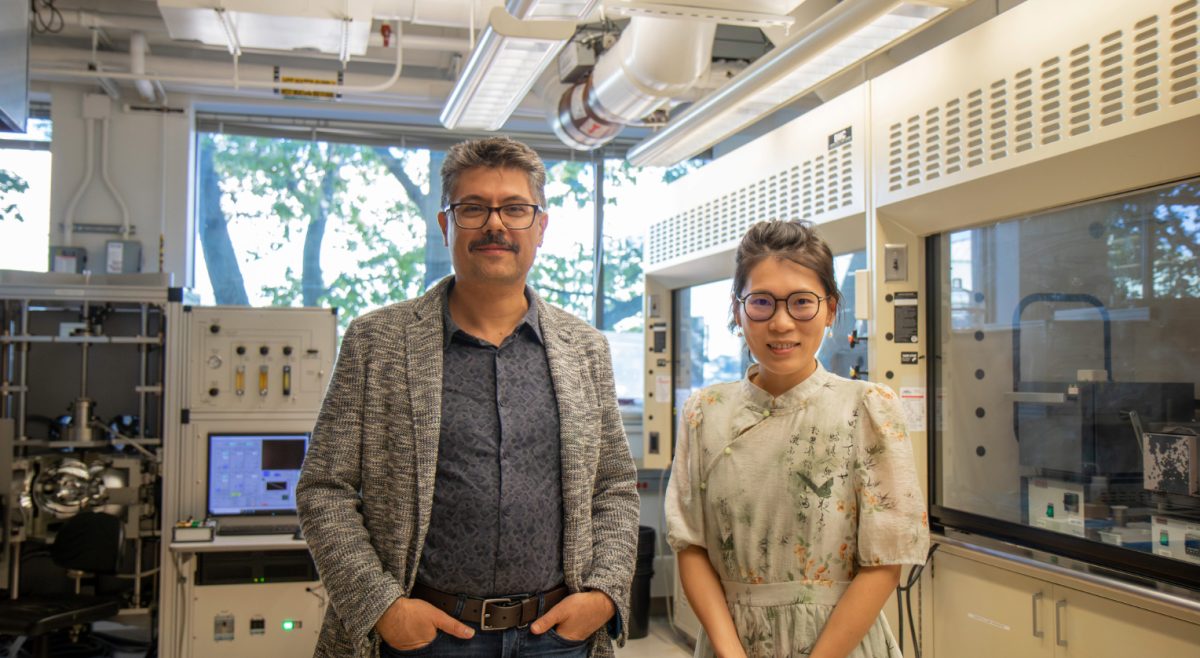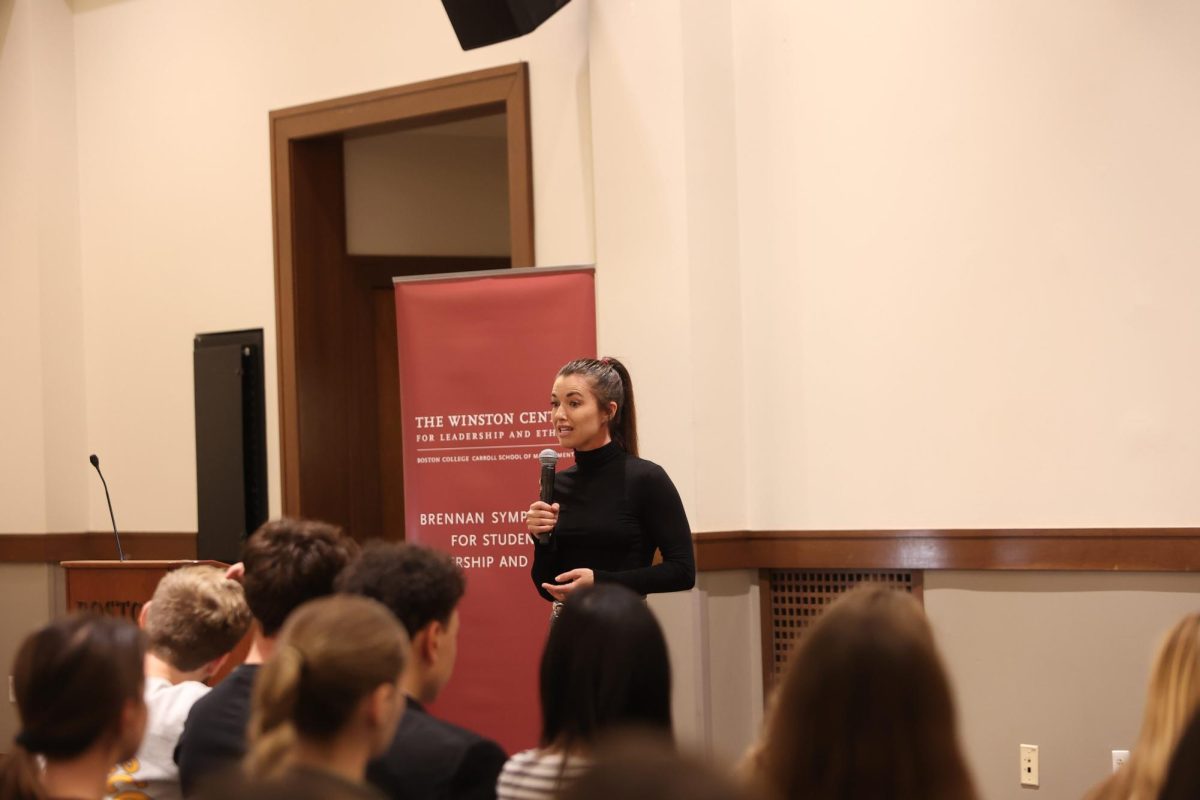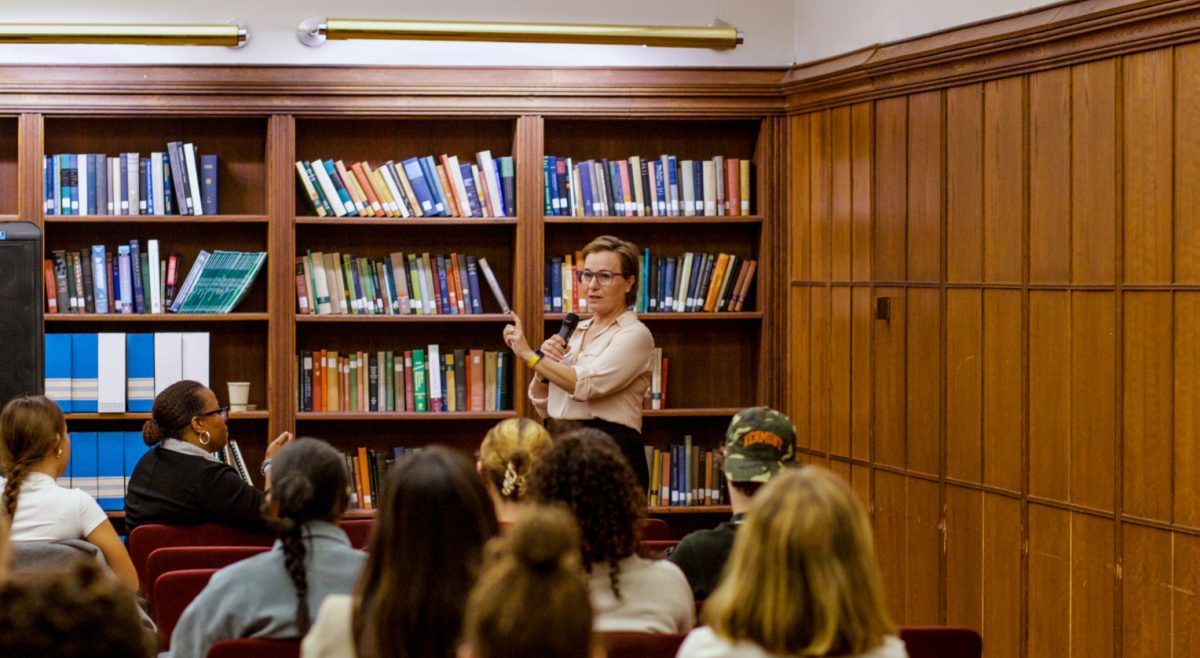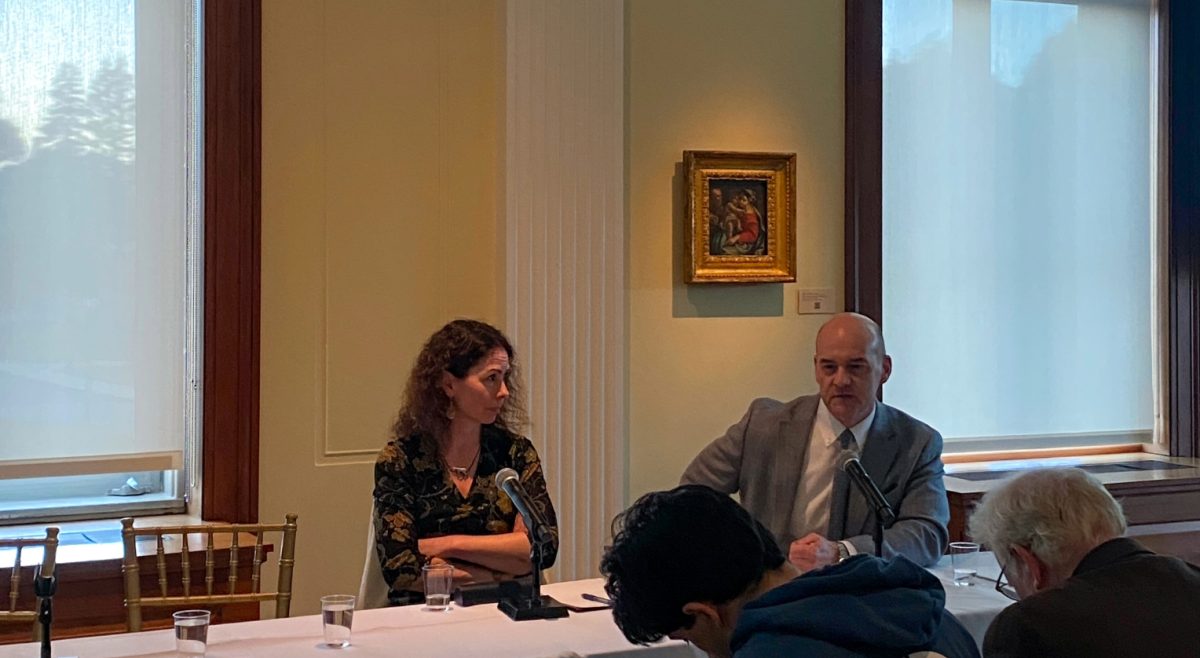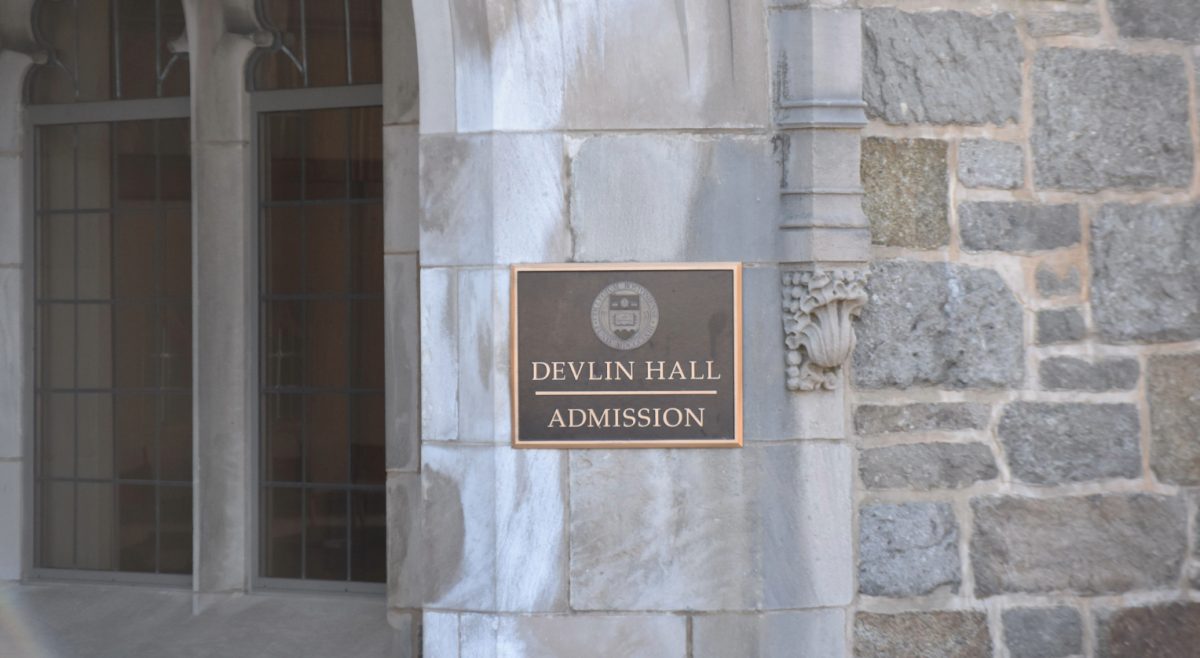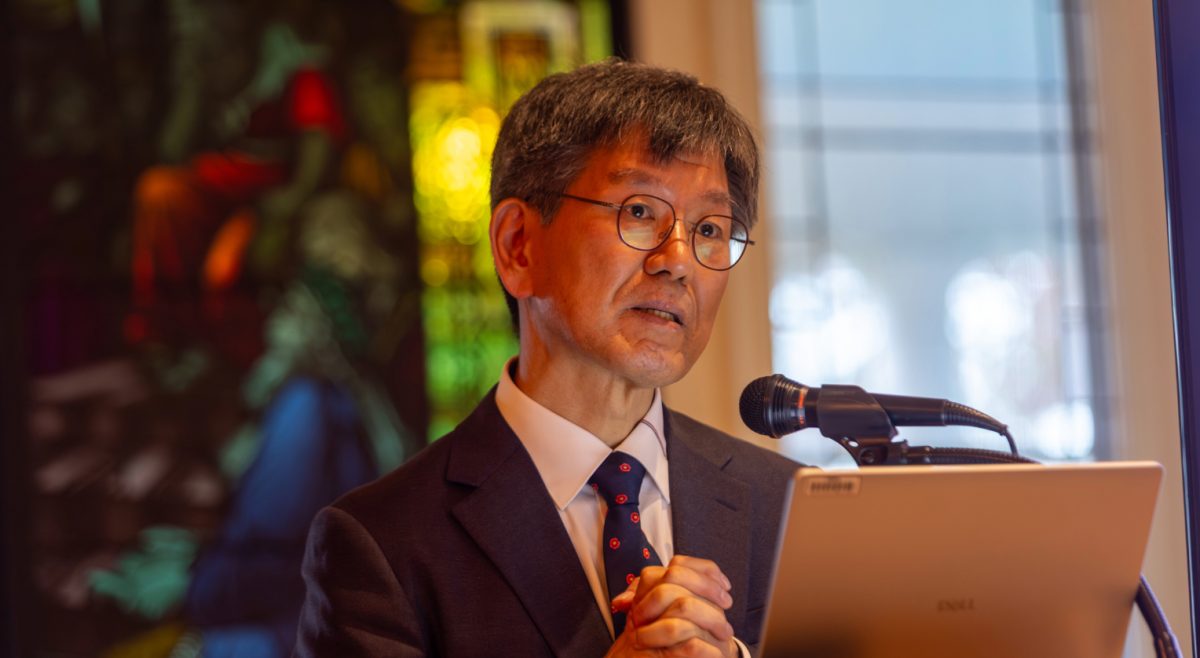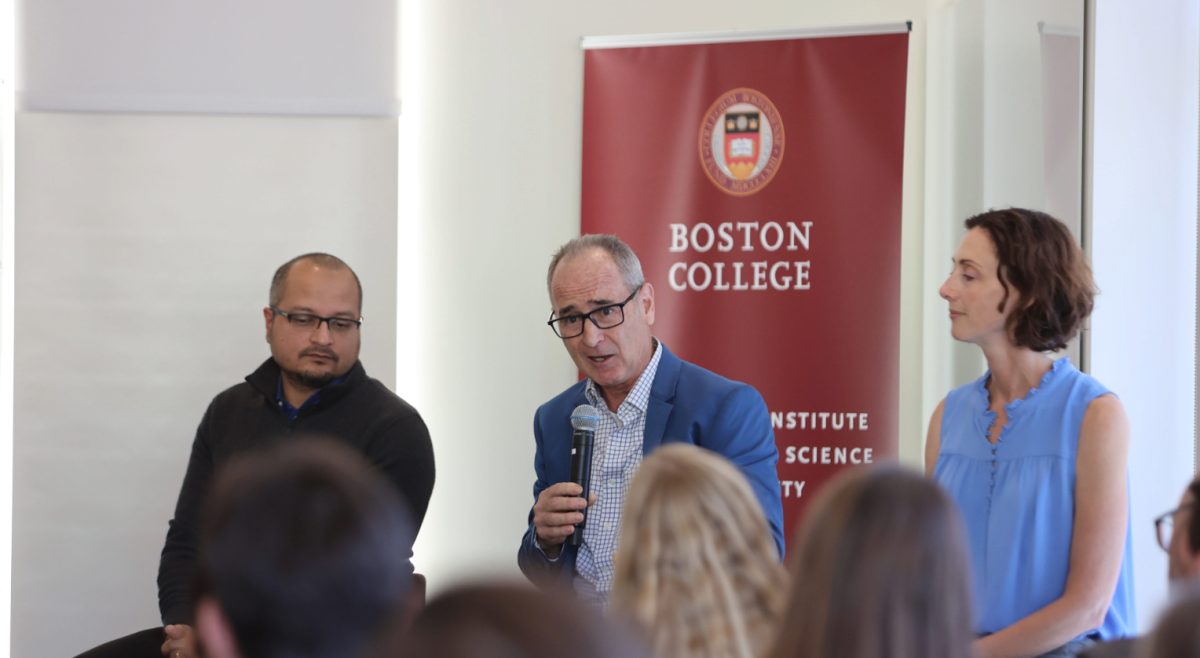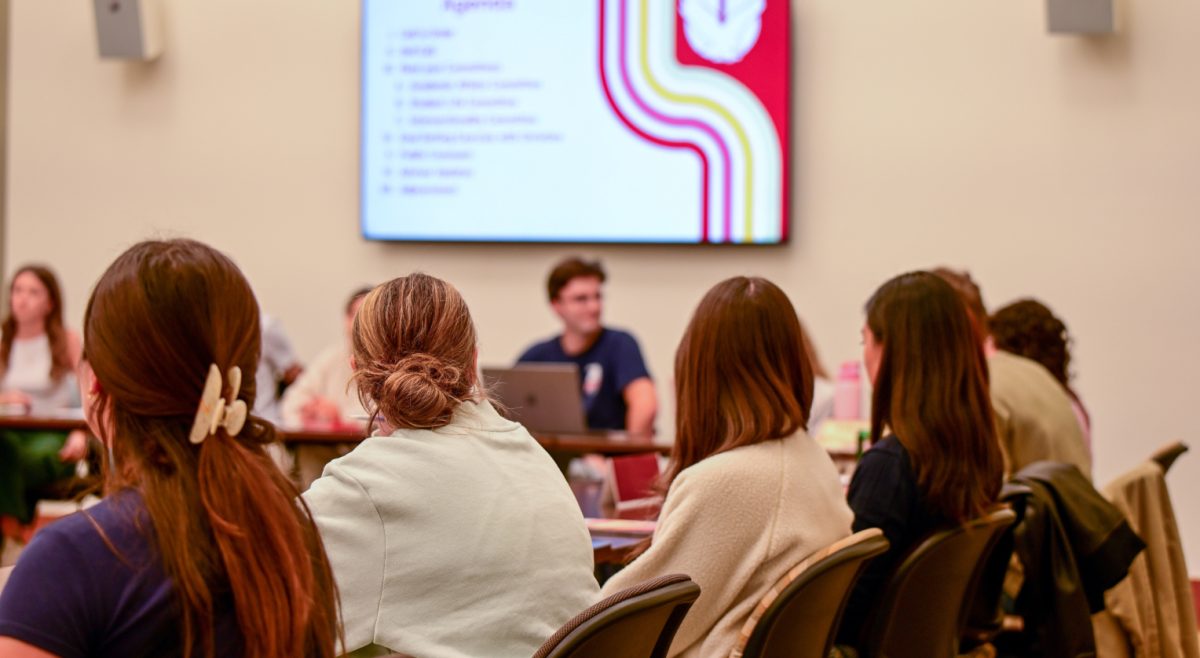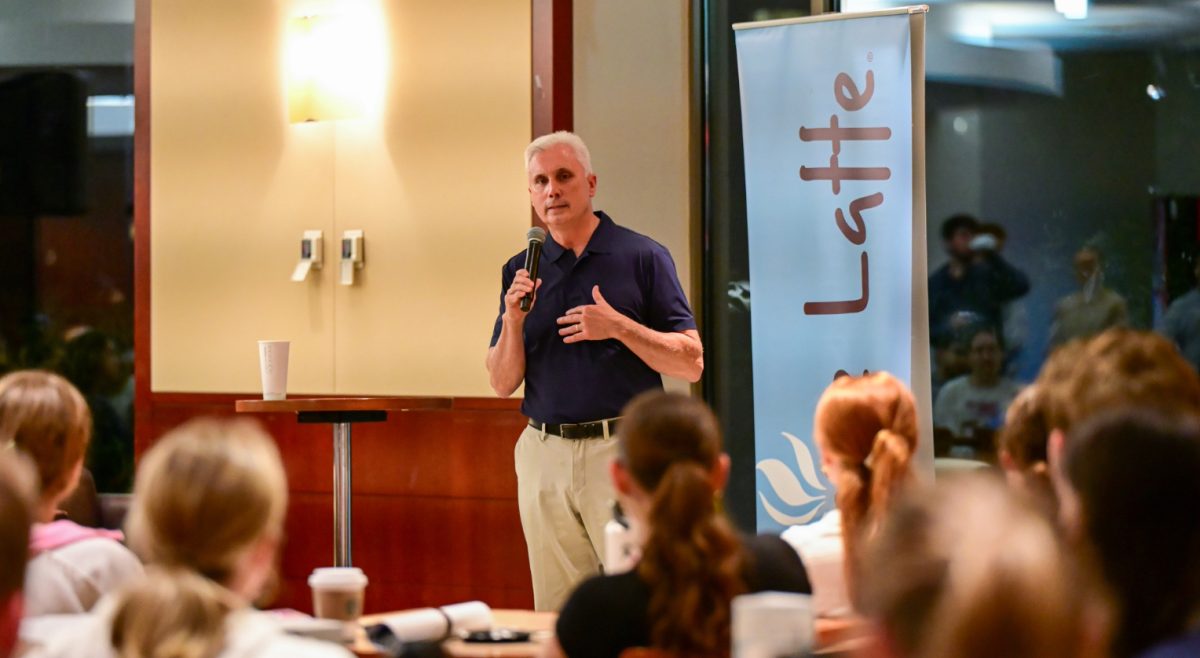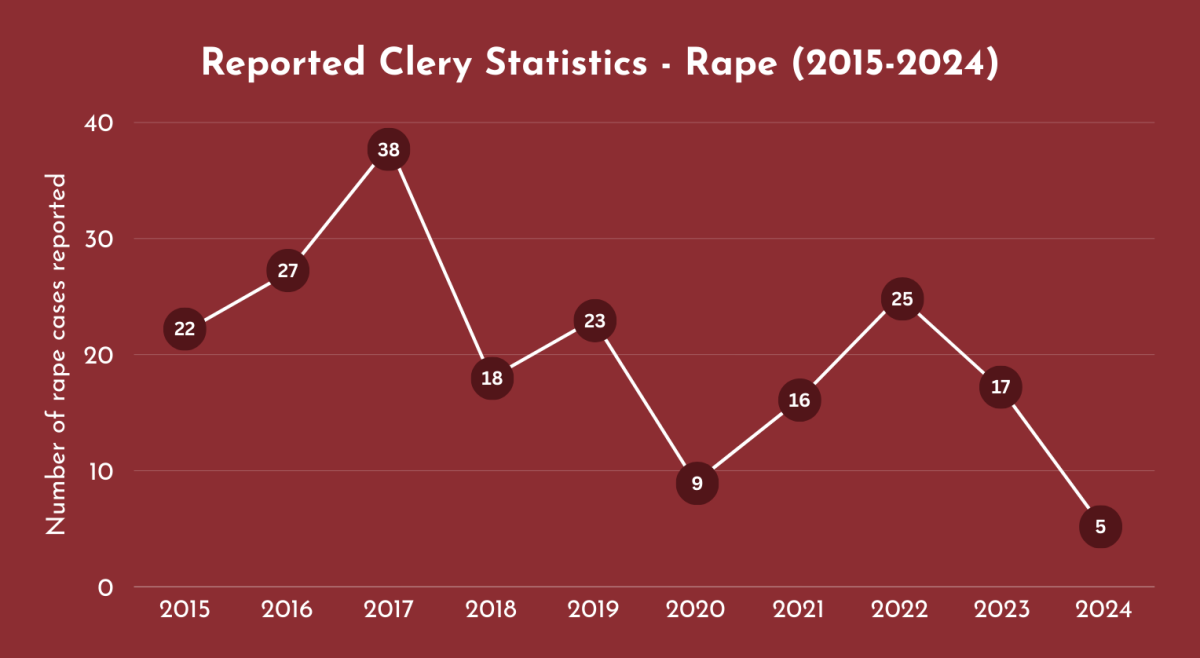The National Science Foundation (NSF) awarded Boston College physics researchers Qiong Ma and Fazel Tafti a $1 million grant to study a new class of quantum materials with the potential to power next-generation electronics.
“I’m personally grateful to have the opportunity to work with wonderful colleagues—specifically Professor Ma—and I’m also working with very good students at Boston College,” said Tafti, an associate professor of physics.
Ma and Tafti’s research explores the development of new quantum systems not limited in the same ways as classical circuits.
Their NSF-funded research will focus on quantum diodic magnets, materials that have special quantum dipoles—structures that let electricity flow more easily in one direction than another.
According to their abstract, these materials can drive low-power electronics, wireless technologies, and the Internet of Things—devices like smart thermostats or fitness trackers— at a relatively high frequency, with minimal energy loss compared to traditional materials.
“These materials have quantum properties that can be used to rectify this high-frequency microwave radiation into DC current, and eventually we can harness very tiny, very weak WiFi signals and power up some new devices,” Ma said.
The grant will mostly be used to hire postdoctoral researchers, though a small amount will be used to purchase equipment, according to Ma.
“The most important thing is [having] people to do this work together,” she said.
In addition to the NSF grant, Ma was recognized as a 2025 Moore Inventor Fellow, a selective honor meant to nurture the next generation of scientists and inventors, for her work on twistronic artificial synapses—semiconductors that imitate neurons in the human brain.
The fellowship, created by Gordon and Betty Moore, has honored five researchers annually since 2016 as part of its mission to support “50 fellows to shape the next 50 years.”
Ma will use her $675,000 grant to study small, nanoelectric devices that could improve energy efficiency, according to the grant description. It will go primarily toward scientific equipment, hiring postdoctoral researchers, and fostering new collaborations.
Ma was selected from nearly 250 applicants, and she said the process, which included a live presentation of her research, was challenging.
“This competition forced me to jump out of my comfort zone and to think more about how to connect with other disciplines,” Ma said.
According to Ma, current PN junction diodic technology, found in everything from solar cells to integrated circuits, fails to harness waves at very high frequencies.
“Currently, the technology is not very good in terms of collecting those high-frequency microwaves, particularly if we were in the 6G or 7G—those frequencies are too high for the PN junction–based devices to work,” Ma said. “And that is why we’re looking into quantum materials.”
The materials have the potential to impact any telecommunication technology that relies on high-frequency signal transport, Tafti said. He added that current devices still rely on “very old” semiconductor designs dating back to the 1950s.
“When you go to regimes of high frequency or fast communication, and you want to do it consuming less energy, these materials and their conventional mechanisms for rectification would fail,” Tafti said.
According to the abstract, their research will also support interdisciplinary education and scientific transparency by “developing teaching modules that introduce students to computational, data-driven, and AI-based approaches in quantum materials research.”
Ma credit support from colleagues across disciplines at BC helped her attain the honor.
“I must thank a few people at Boston College for helping me with that presentation, because it was in front of all types of researchers, not just physicists,” Ma said.
She added that, at BC, she has been met with “a very vibrant and friendly environment for quantum material research in physics.”

